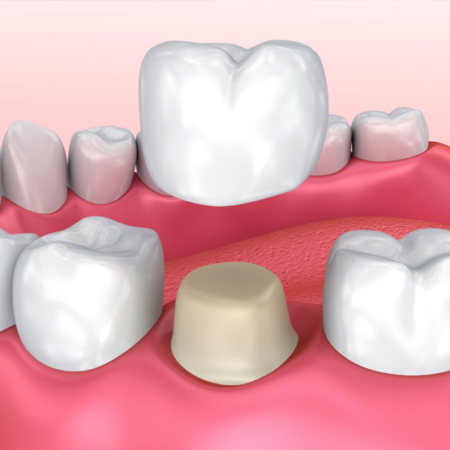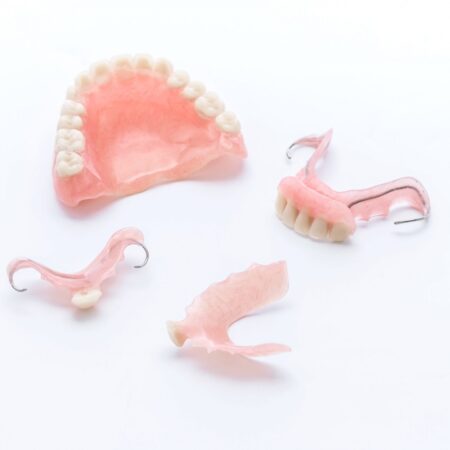Porcelain Veneers For Crooked Teeth: Can They Help?

Do you have a few teeth that aren’t quite as straight as you’d like them to be? Are your two front teeth too far apart? If so, it’s possible that you may not need braces to fix these problems; some cosmetic issues of tooth alignment and spacing can be addressed beautifully with dental veneers.
A dental veneer is a porcelain shell about as thin as a fingernail that is placed on the front surface of a tooth. Many people get veneers to improve the color, size and shape of their teeth; this can give them a brighter and more youthful-looking smile. But in certain situations, dentists can also use veneers to close gaps between teeth and make them appear straighter.
Could this work for you?
It depends on how far out of alignment your teeth are, and whether the misalignment is affecting your bite. If your teeth and bite are healthy, and the alignment issues are minor, you may not have to physically move the teeth into a better position for a great-looking smile; a covering that makes them look straighter may be enough to solve the problem. This approach is much quicker than orthodontic treatment—and also allows you to improve tooth color, size and shape at the same time.
How Do Porcelain Veneers Work?
The process of getting porcelain veneers takes several dental appointments.
Step 1: Planning Your New Smile
The first step is for you and your dentist to plan what your new smile will look like. Since beauty is subjective, this decision really requires your input. Dentists have various ways of helping you visualize the final results before you commit to a plan. These include computer simulations, wax models, and even a “trial smile,” where your dentist applies temporary dental bonding to your teeth, allowing you to see how the changes will look in your own mouth.
Step 2: Tooth Preparation
Once you have a plan of action, your dentist will prepare your teeth for the veneers. Sometimes this involves removing a bit of enamel from the front, sides or biting edges of the teeth. This is to prevent the tooth from looking bulky when the veneer goes on. The goal is to remove as little tooth structure as possible; in some cases it isn’t necessary to remove any at all.
Step 3: Custom-Made Veneers
After this preparation, your dentist will make a model of your teeth (with putty, or via a digital imaging system) and send it to a dental lab, where your veneers will be custom-made to fit exactly. This process usually takes a couple of weeks. During that time, your dentist will place a set of temporary veneers made of acrylic on your teeth and temporarily bond them, so you can eat normally.
Step 4: Final Placement of Veneers
When the final veneers come back from the lab, your dentist will remove the temporary veneers and bond the permanent ones to your teeth. Like the veneers themselves, this bond is extremely strong, but it doesn’t mean that veneers are indestructible; they can crack or chip if subjected to too much force – from chewing ice or cracking nuts with your teeth, for example. (Of course, you shouldn’t do these things, whether your teeth are covered by veneers or not!) Caring for veneers is easy – just do the same as you would for any of your teeth: brush them twice a day, floss at least once a day, and see your dentist for regular professional cleanings.
How Much Do Porcelain Veneers Cost?
You can expect to pay between $925 and $2,500 per tooth for porcelain veneers. You could opt for composite veneers, which cost approximately $250 to $1500 per tooth. The big difference between porcelain and composites is that porcelain typically lasts longer – 10-15 years as compared to 5-7 years for composite veneers.
Dental insurance may not cover the cost of porcelain veneers, if the treatment is purely for cosmetic appearance. If necessary to correct a medical condition, like a misaligned bite, dental insurance may cover composite veneers. Check with your insurance provider.
You can also read / Do I Need Cosmetic Gum Surgery?














Pingback: What Are Porcelain Dental Veneers? - UDENZ - MENA DENTAL PLATFORM